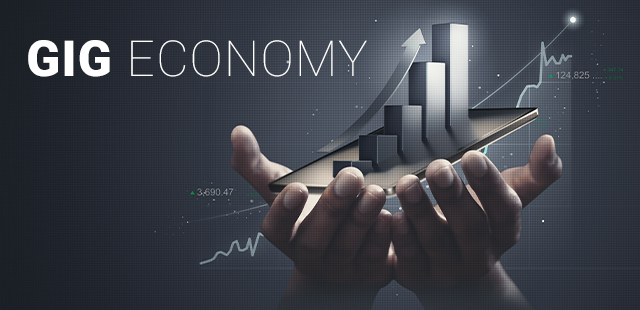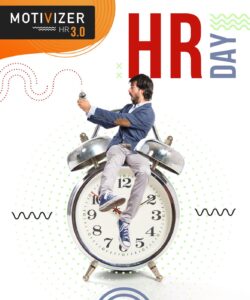The breakthrough time for Gig Economy

Today, it is common knowledge that we all need to constantly update our skills and stay up to date with trends, and often, due to digital transformation or the COVID-19 pandemic, the best decision is to completely retrain, as structural changes in the economy have gone so far.
Gig Economy, what is it?
The increasing possibility of working from home under a home office arrangement has led to the proliferation of relationships between employers and those performing the work, where the recipient of the service is a third party. This concept is known as the Gig Economy.
It’s worth noting that the Gig Economy is not a new phenomenon. The term was first used in 2009 to describe an upcoming trend in hiring workers that is based on free-flowing projects, consulting services and part-time opportunities in the digital market. Interestingly, the concept of the gig economy is much older – it dates back to 1900, when companies allowed temporary workers to fill labor gaps. It is estimated that by 2027, 86.5 million people in the United States will be working freelance, representing 50.9% of the entire American workforce.
Traditionally, the employee was associated with one, rather than many employers, which tightly defined his position. The Gig Economy is something more than a liberal understanding of the employment relationship and positioning oneself as a co-worker.
Advantages of the Gig Economy
There are many more advantages of the Gig Economy. It is worth mentioning among them:
- Greater freedom for employees who can decide when, where, and for whom they work
- The possibility of activating people previously excluded from professional life
- Better and more efficient use of time, which can translate into better earnings
- For the employer: access to high-class specialists and the abandonment of fixed costs
- Faster adaptation for large companies to the changing market
- The use of crowdsourcing may be a way for companies to quickly develop
Socio-economic disruptions caused by the pandemic have led more and more full-time employees to give up their permanent positions and become “giggers.”
It is expected that by 2022, companies will begin to introduce HR plans and strategies that will create conditions that will bind freelancers more closely to them.
The ideal motivational solution for the “gig economy”? – Motivizer’s cafeteria system
To ensure proper motivation, it is important to provide gig workers with solutions that they can use regardless of when and where they work. An ideal solution would be the cafeteria system offered by Motivizer, which belongs to the field of non-wage benefits. We are talking about ways of rewarding employees other than salary, such as various vouchers and passes. This is a tool that shapes the organizational culture in the company, and in the case of gig workers, it can help improve efficiency.
Through this, gig workers can receive additional points from the employer, in addition to a fixed pool of points to be used for various benefits, for example for completing a project before the deadline or as an additional reward for outstanding work.
Recent Posts:
- Capital24.tv Debate with Piotr Dubno – “Economy, Innovation, Investments. What Changes Await Us?
- The future of HR – what will be the key to organizational success?
- Are you keeping up with the idea of a modern workplace?
- Burnout, how can an employer help an employee?
- Digitalization of HR is key to unlocking the full potential of an organization

